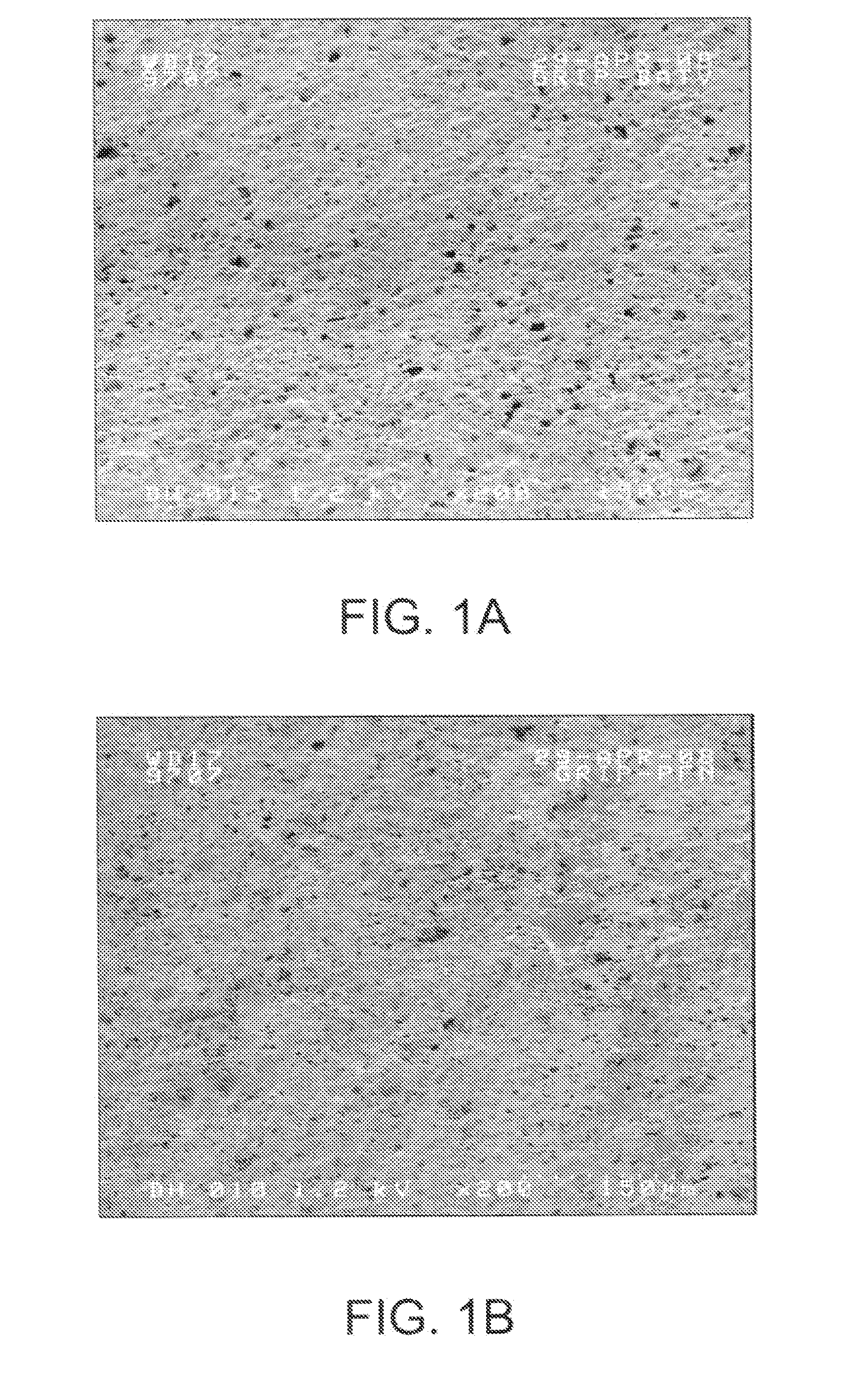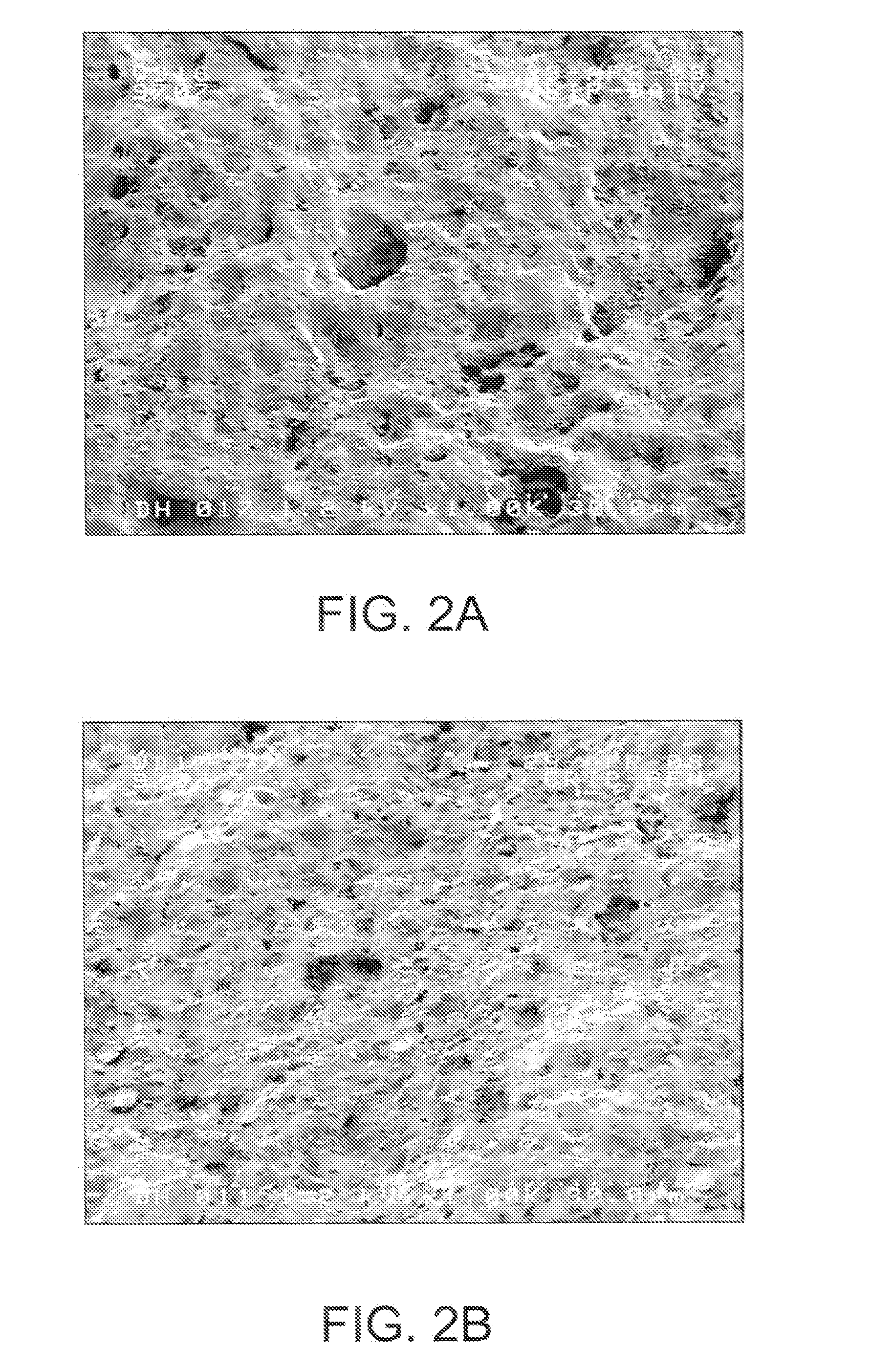Thin, smooth nitrile rubber gloves
a technology of synthetic rubber and gloves, applied in the field of flexible synthetic rubber medical exam gloves, can solve the problems of high cost of non-latex products, unsuitable for clean rooms, and inability to absorb cornstarch or other powders, and achieve the effect of low cost and good chemical resistan
- Summary
- Abstract
- Description
- Claims
- Application Information
AI Technical Summary
Benefits of technology
Problems solved by technology
Method used
Image
Examples
Embodiment Construction
[0043]A desirable attribute for elastomeric articles that are worn on the body is softness or pliability of the polymeric material. The present invention describes the creation of elastic articles, such as gloves, made from a nitrile polymer formulation. As used herein, the terms “elastic” or “elastomeric” generally refer to a material that, upon application of a force, is stretchable to an extended, biased length. Upon release of the stretching, biasing force, the material will substantially recover to near net shape or original dimensions.
[0044]Nitrile-butadiene rubber (commonly referred to as “nitrile rubber” or “NBR”) is a family of amorphous unsaturated copolymers of acrylonitrile and various butadiene monomers (1,2-butadiene and 1,3-butadiene). This form of synthetic rubber is generally resistant to aliphatic hydrocarbons, such as fatty tissue, oils, and other chemicals. Nitrile-butadiene rubber has been used to create molded goods, footwear, adhesives, sealants, sponge, expan...
PUM
| Property | Measurement | Unit |
|---|---|---|
| thickness | aaaaa | aaaaa |
| Surface Root Mean Square Roughness | aaaaa | aaaaa |
| force | aaaaa | aaaaa |
Abstract
Description
Claims
Application Information
 Login to View More
Login to View More - R&D
- Intellectual Property
- Life Sciences
- Materials
- Tech Scout
- Unparalleled Data Quality
- Higher Quality Content
- 60% Fewer Hallucinations
Browse by: Latest US Patents, China's latest patents, Technical Efficacy Thesaurus, Application Domain, Technology Topic, Popular Technical Reports.
© 2025 PatSnap. All rights reserved.Legal|Privacy policy|Modern Slavery Act Transparency Statement|Sitemap|About US| Contact US: help@patsnap.com



